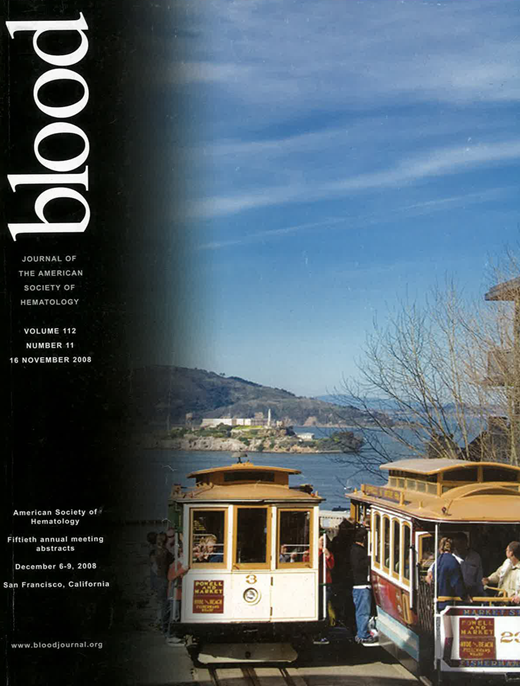Abstract
We previously demonstrated that when human bone marrow-derived mesenchymal cells (hMSCs) were co-cultured with CD4+/CD25+ T regulatory cells (Tregs) they maintained the T regulatory phenotype and function over time. Here we studied the TGF-beta/Smad signalling and mitogen-activated protein kinase (MAPK) pathways after Tregs/hMSCs co-culture. After 7 days co-culture of highly purified, immuno-selected Tregs and hMSCs from healthy donors, TGF-beta and IL-10 concentrations were dosed and mRNA of a panel of genes (NFAT, Smad4, Smad7, AP-1, Foxp3 and CD127) was quantified on harvested lymphocytes. Western blotting was performed by incubation with antiSMAD2, anti-pSMAD2, anti-ERK1/2 and anti-pERK1/2 polyclonal antibodies. After immuno-magnetic cell separation the final Treg fraction showed a mean purity of 93.6%±1. The CD4+/CD25+bright constituted 29%±7 of Tregs, FoxP3 cells constituted 51.9%±15.1 and CD127+ cells 19%±11.5. CD4+/CD25+ cells inhibited CD4+/CD25− cells (mean inhibition percentage: 52.1±29.6% (ratio 1:1). Tregs produced no TGF-beta and only a small quantity of IL-10 (8.67±4 pg/ml). hMSCs produced high quantity of TGF-beta (229.3 ± 54.8 pg/ml) associated with little IL-10 (2.7 ± 1.2 pg/ml). After co-culture, the TGF-beta concentration was 91.5±48.5 pg/ml while the IL-10 concentration was no different to baseline. To identify TGF-beta signaling pathways, we focused on Smad2, a central element in the cascade. In Tregs the strongly expressed pSmad2 signal after selection rapidly decreased after 7 days culture. When Tregs were co-cultured in presence of hMSCs the phosphorylated form of Smad2 did not change, indicating TGF-beta signaling was up-regulated. After co-culture mRNA quantification showed hMSCs down-regulated expression of SMAD7 (−8.9± 4.4 times vs Tregs without hMSCs), a negative regulator of TGF-beta signaling. After co-culture with hMSCs non-regulatory CD4+/CD25− control cells did not show any differences in SMAD7 expression. To study the MAPK kinase pathways, harvested Tregs were assayed for ERK1/2 kinase activity by determining their phosphorylated forms. pERK1/2 was almost absent in selected Tregs; it rapidly increased after 7 days in vitro culture without hMSCs but remained low after co-culture with hMSCs, indicating impaired ERK1/2 activation. AP-1 activation was also reduced (AP-1 mRNA −32±29 times less than controls). In conclusion, co-cultures of hMSCs and Tregs have the potential to set up a positive feedback loop that heightens responsiveness to TFG-beta in Treg cells. In fact, hMSCs produce TGF-beta which is consumed in co-culture with Tregs; TGF-beta1 signaling in Tregs is maintained through pSMAD2 up-regulation and SMAD7 down-regulation; hMSCs also inhibit ERK phosphorylation which consequently down-regulates AP-1 mRNA. Thus Tregs signalling is maintained through culture on a layer of hMSCs. Manipulation of Tregs signaling through culture on a layer of hMSCs may represent a novel strategy for maintenance of Treg phenotype and function.
Disclosures: No relevant conflicts of interest to declare.
Author notes
Corresponding author

